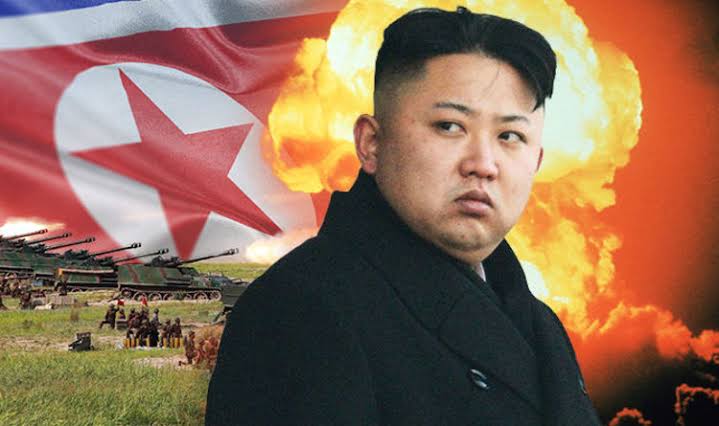
North Korea fired an intercontinental ballistic missile that landed just 200 kilometers (130 miles) off Japan Friday in its second major weapons test this month that showed a potential ability to launch nuclear strikes on all of the U.S. mainland.
U.S. Vice President Kamala Harris will convene a meeting of world leaders in Bangkok on the sidelines of a regional summit to discuss North Korea’s missile launch, a White House official said on Friday.
The official said Harris will be joined by top leaders from Australia, Japan, South Korea, Canada and New Zealand at the retreat on the sidelines of the Asia-Pacific Economic Cooperation (APEC) summit.
The North’s ongoing torrid run of weapons tests aim to advance its nuclear arsenal and win greater concessions in eventual diplomacy, and they come as China and Russia have opposed U.S. moves to toughen sanctions aimed at curbing North Korea’s nuclear program.
The South’s Joint Chiefs of Staff said it detected the ICBM launch from North Korea’s capital region around 10:15 a.m. and the weapon flew toward the North’s eastern coast across the country. Japan said the ICBM appeared to have flown on a high trajectory and landed west of Hokkaido.
According to South Korean and Japanese estimates, the North Korean missile flew about 6,000-6,100 kilometers (3,600-3,790 miles) at a maximum altitude of 1,000 kilometers (620 miles).
Japanese Defense Minister Yasukazu Hamada told reporters the altitude suggests the missile was launched on a high angle. He said depending on the weight of a warhead to be placed on the missile, the weapon has a range exceeding 15,000 kilometers (9,320 miles), “in which case it could cover the entire mainland United States.”
Hamada called the launch “a reckless act that threatens Japan as well as the region and the international community.” He said Japan would continue to cooperate closely with the United States, South Korea and other countries to coordinate a joint response to North Korean provocations.
South Korea’s Joint Chiefs of Staff called the launch “a grave provocation and serious threat” to undermine international and regional peace and security. It said South Korea maintains readiness to make “an overwhelming response to any North Korean provocation” amid close coordination with the United States.
Japanese Prime Minister Fumio Kishida, in Bangkok to attend a regional summit, earlier told reporters the missile was believed to have landed at sea inside Japan’s exclusive economic zone west of Hokkaido, Japan’s main northern island.
North Korea also launched an ICBM on Nov. 3, but experts said that weapon failed to fly its intended flight and fell into the ocean after a stage separation. That test was believed to have involved a developmental ICBM called Hwasong-17. North Korea has two other types of ICBM — Hwasong-14 and Hwasong-15 — and their test-launches in 2017 proved they could potentially reach parts of the U.S. homeland.
The Hwasong-17 has a longer potential range than the others, and its huge size suggests it’s designed to carry multiple nuclear warheads to defeat missile defense systems. Some experts say the Nov. 3 test showed some technological progress in the development of the Hwasong-17, given that in its earlier test in March, the missile exploded soon after liftoff.
South Korea’s presidential office said it convened an emergency security meeting to discuss the North Korean launch.
North Korea has performed many shorter-range missile tests and artillery displays this year but had halted weapons launches for about a week before it fired a short-range ballistic missile on Thursday.
Before Thursday’s launch, the North’s foreign minister, Choe Son Hui, threatened to launch “fiercer” military responses to the U.S. bolstering its security commitment to its allies South Korea and Japan.